Exploring new models for healthy cities
By some estimates, cities consume over two-thirds of the world’s energy, and account for more than 70% of global CO2 emissions: a figure sure to increase as the global migration from rural to urban areas continues. In the pursuit of exploring new models for how healthy cities could more effectively sustain these demands, Dutch design and research studio FABRICations has investigated how cities of the Netherlands can reduce carbon emissions through new design-led approaches.

To reduce the impact of our cities on the planet, FABRICations advocate for a rethink of urban systems, and a core examination of what a city is. Their “Urban Metabolism” ethos envisions cities as a layered system of overlapping infrastructures, relying on circular processes where the residual products of one system become a resource for a different system.
As a result, the firm has developed a six-strategy approach to the future of healthy cities, manifested through various design research projects and collaborations. From the reuse of residual heat and energy to transforming cities into modern sponges, the strategies are united in a common cause of promoting circularity through urbanism.
1. Use residual heat, reuse and cascade energy and reduce consumption, and by doing so, activate public space and facilitate sustainable mobility

“This strategy was tested in projects like the “Metabolism of Rotterdam” and the “Regional Spatial Agenda for Brabant”. In the former, the enormous amount of residual heat of the industrial area of the city was captured to acclimatize households, office buildings, greenhouses and ultimately public space. In the latter project, residual heat leaving the city after meeting local demand was used to heat cycling paths for ice-free roads in winter, ultimately ensuring that all leftover temperature would be used.”
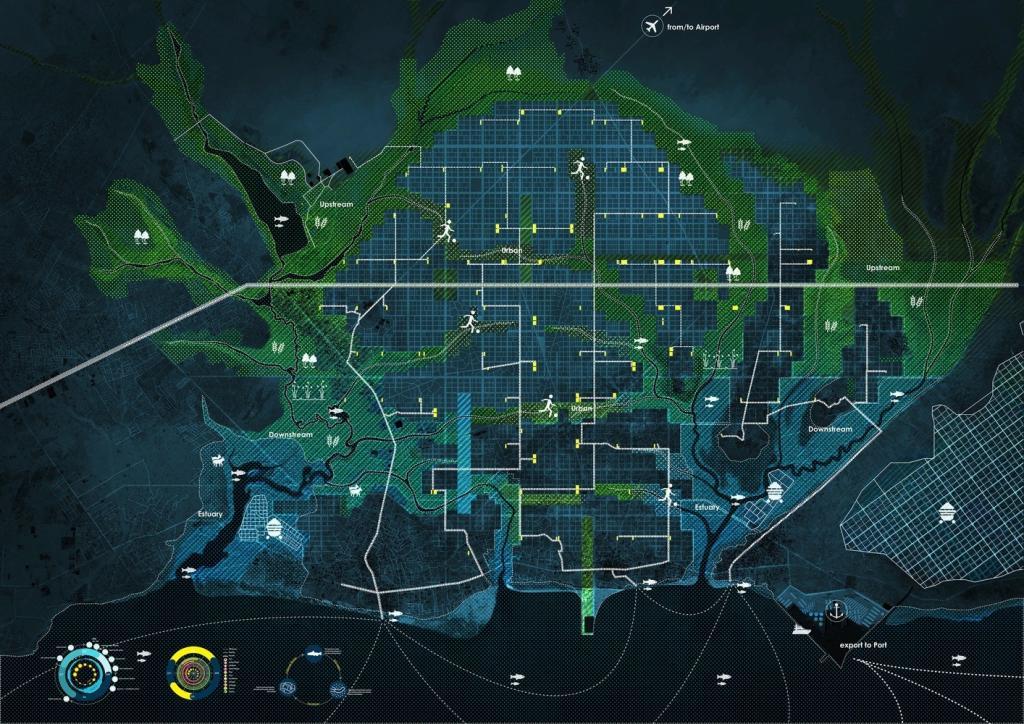
2. Transform modern cities into sponges, generating flexible stormwater storage spaces with additional functions in off-peak time
“In the “Ningo-Prampram urban expansion for 1.8 million inhabitants,” a flooding landscape was introduced to capture excessive runoff in urbanized zones. The ‘green fingers’ breaking the urban grid were designed according to the landscape topography, to become a versatile space for food production, recreation, and biodiversity.”
3. Collect and process organic waste to fertilize urban farms and produce sustainable energy

“The “Metabolism of Rotterdam” addressed the reuse of organic waste from multiple angles. Amongst others, a system to capture the nutrients and phosphates in water streams was proposed. Normally valuable substances are washed off by agricultural processes and flow into the river, whereas alternatively they could be reused in aquaculture and energy production infrastructure. It was also theorized that a waste sorting system in households could assist in capturing maximum value out waste through protein production and biomass energy systems.”
4. Establish practices for construction-waste reuse, reducing demolition, construction material logistics and new construction in a way that heritage is retained and inclusive and sustainable communities are created

“In the design of “Bajes Kwartier”, a former prison complex that will be transformed into the ‘sustainable residential neighborhood of the future’, CO2 emissions for new construction were drastically reduced by processing and reusing 95% of construction material on site. Four of the existing buildings will be preserved and transformed to become iconic elements and public attractors.”
5. Take advantage of neglected urban pockets to bring ecology into the urban environment, thereby encouraging healthy lifestyles through direct contact with nature

“Such an approach has been proposed in the “Ecological Energy Network”, a strategic design to transform areas in the proximity of power lines into the largest biodiversity corridor of the Netherlands. These areas are normally subject to development restrictions, and they often end up being neglected, especially in urban areas. If transformed into green corridors, they would provide additional value for urban environment and communities.”
6. Prioritize access to sustainable mobility and electric vehicles by building dedicated infrastructure in combination with renewable energy provision
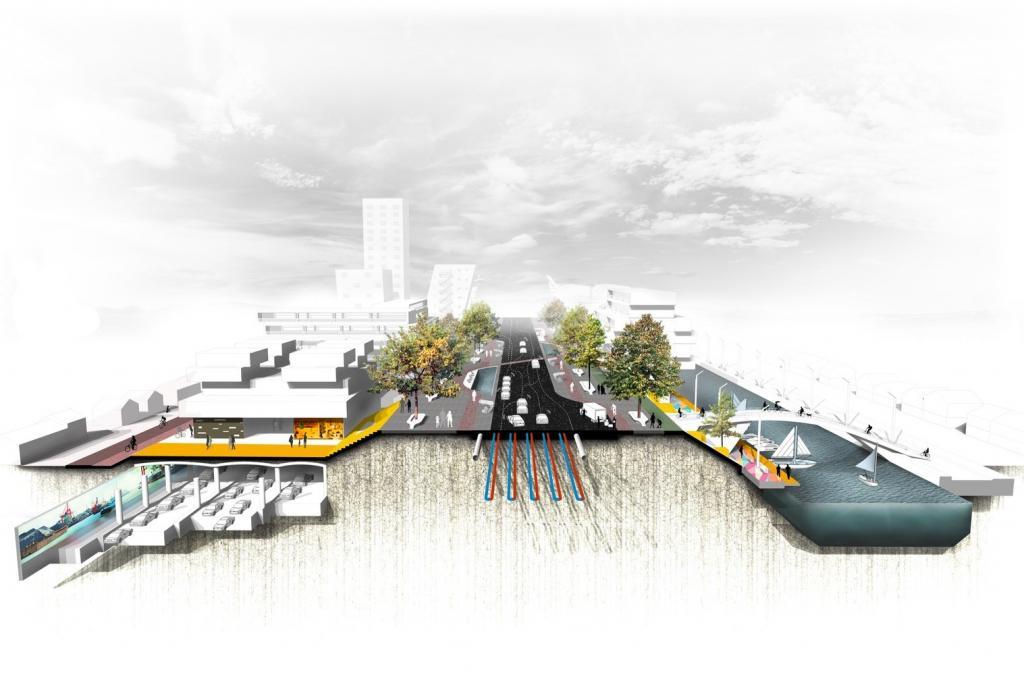
“Similarly to most of the issues mentioned, this one can be approached from a spatial design point of view as much as from a strategic location process. In the study “Highway x City”, major mobility lanes in Amsterdam were transformed into urban boulevards, with enhanced access for pedestrians and bicycles, charging stations for electric vehicles and underground traffic routes.
These are the 6 steps for designing healthy cities and more effectively sustainable.
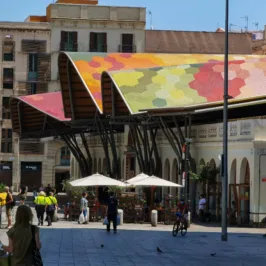


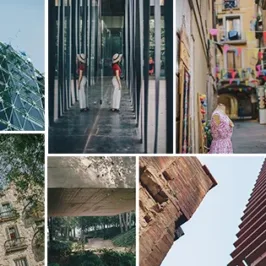
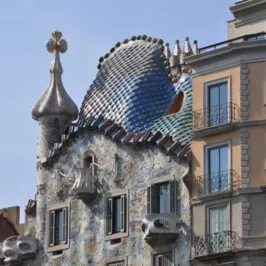
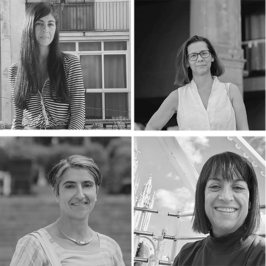
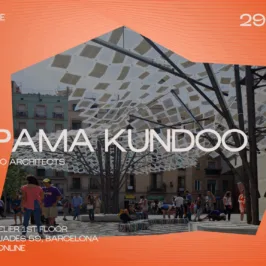
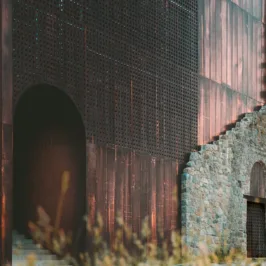

Leave a Reply